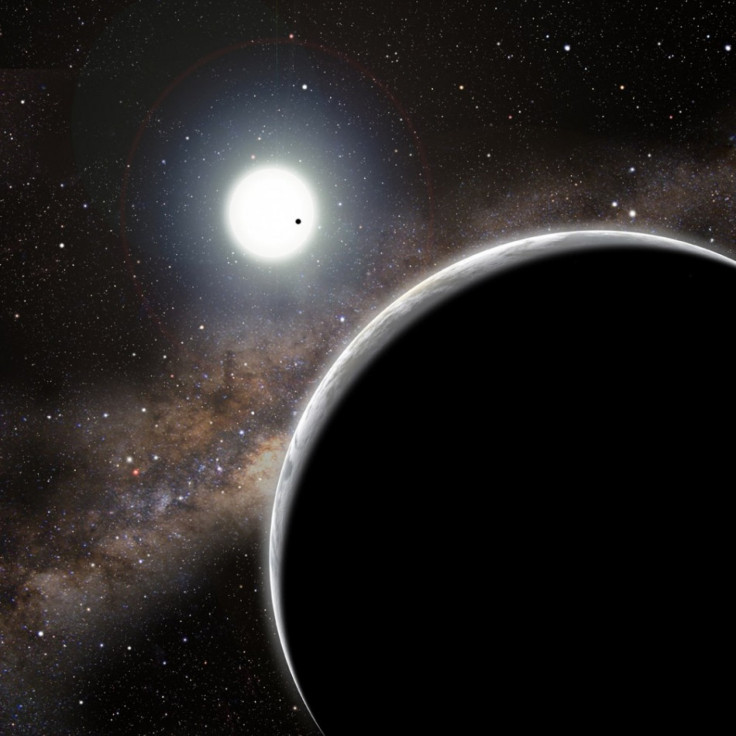NASA Ship Discovers New 'Invisible' Planet [VIDEO]

An invisible planet, which has not yet been glimpsed (since it's... invisible), has been definitively discovered by scientists using NASA's crafty Kepler spacecraft.
The discovery was possible thanks to a companion of the unseen planet.
According to scientists, the planet named Kepler-19c that comes after Kepler-19b, really cannot be seen, but it makes itself known by the way it influences other planets through force. The invisible planet has tugged at the Kepler-19b, slowing it down and then speeding it up in its transition.
It's a mystery world, but of course we don't expect it to remain a mystery, study co-author David Charbonneau, told Space.com.
It's like having someone play a prank on you by ringing your doorbell and running away. You know someone was there, even if you don't see them when you get outside, said astronomer Sarah Ballard of the Harvard-Smithsonian Center for Astrophysics.
Kepler locates planets by looking for a star that dims slightly as a planet transits the star, passing across the star's face from our point of view. Transits give one crucial piece of information - the planet's physical size. The greater the dip in light, the larger the planet relative to its star. However, the planet and star must line up exactly for us to see a transit.
Kepler-19b, transits its star every 9 days and 7 hours. It orbits the star at a distance of 8.4 million miles, where it is heated to a temperature of about 900 degrees Fahrenheit. Kepler-19b has a diameter of 18,000 miles, making it slightly more than twice the size of Earth.
Scientists discovered the planet Neptune in the same way. Astronomers tracking Uranus and then noticed that its orbit didn't match predictions. They realized that a more distant planet might be nudging Uranus and calculated the expected location using telescopes.
This method holds great promise for finding planets that can't be found otherwise, stated Harvard astronomer and co-author David Charbonneau.
Currently the astronomers know very little about the new planet. They are yet to determine its weight as it currently weigh too little to be able to measure its mass.
The invisible planet named Kepler-19c has multiple personalities that are consistent with the data found according to co-author Daniel Fabrycky of the University of California, Santa Cruz (UCSC). For instance, it could be a rocky planet on a circular 5-day orbit, or a gas-giant planet on an oblong 100-day orbit, he said.
The Kepler spacecraft will continue to monitor Kepler-19 throughout its mission in an aim to gather more information about Kepler-19c. Future ground-based instruments will attempt to measure the mass of Kepler-19c.
© Copyright IBTimes 2025. All rights reserved.




















